National Desk: India is on the brink of creating history as the long-awaited bullet train project moves rapidly toward completion. The Mumbai–Ahmedabad High-Speed Rail Corridor (MAHSR), one of the country’s most ambitious infrastructure initiatives, is progressing at an accelerated pace. After years of planning and discussion, the project is now visibly taking shape on the ground.
PM Modi Inspects Surat Bullet Train Station
Following a major victory in the Bihar elections, Prime Minister Narendra Modi on Saturday visited the upcoming Surat bullet train station in Gujarat. He reviewed the ongoing construction work, interacted with officials and workers on-site, and took a detailed briefing on the progress of the entire MAHSR project.
Key Features & Current Progress of the Project
➤ Total Length
The high-speed corridor stretches across 508 kilometres.
➤ Advanced Engineering
The project is being executed using world-class engineering methods and cutting-edge technologies that match international standards.
➤ Elevated Track
Around 465 km of the corridor — nearly 85% — is being built on viaducts (elevated bridges).
➤ Construction Completed So Far
Work on 326 km of the route has already been completed.
➤ River Bridges
Out of the 25 planned river bridges, 17 have been completed.
Bullet Train Route & State-Wise Distribution
The Mumbai–Ahmedabad High-Speed Rail line will pass through three major regions:
- Gujarat & Dadra and Nagar Haveli: 352 km
- Maharashtra: 156 km
Major stations will include:
Sabarmati, Ahmedabad, Anand, Vadodara, Bharuch, Surat, Bilimora, Vapi, Boisar, Virar, Thane, and Mumbai.
Faster Travel, Greater Comfort
Once operational, the bullet train will cut travel time between Mumbai and Ahmedabad from several hours to just 2 hours. This will provide passengers with a fast, comfortable, and highly safe travel experience, transforming long-distance commuting.
Boost to Regional Development
The MAHSR project marks the beginning of a new era of high-speed connectivity in India. It is expected to significantly boost trade, tourism, business activity, and overall economic development across the regions it connects.





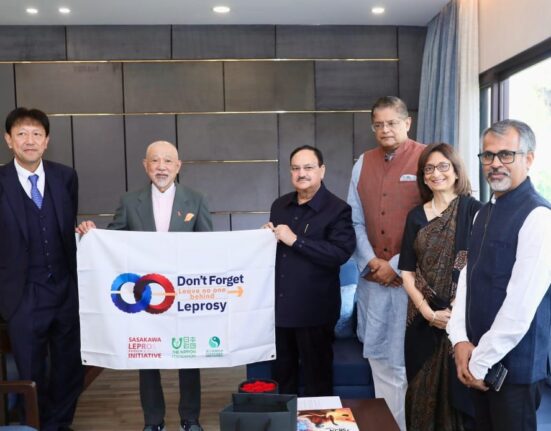
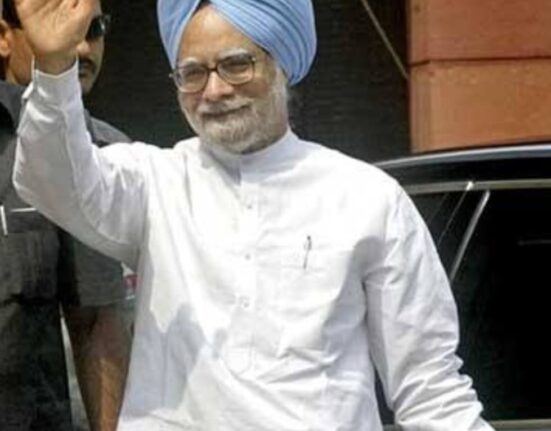

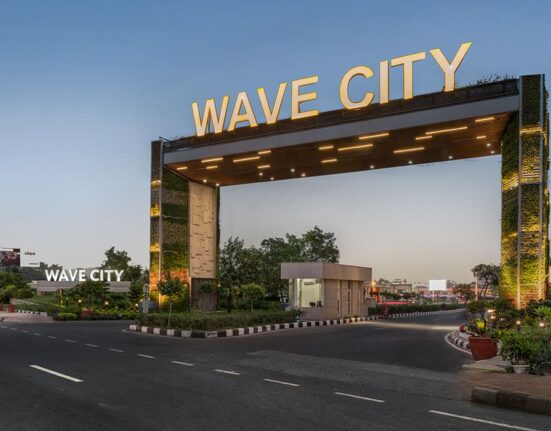
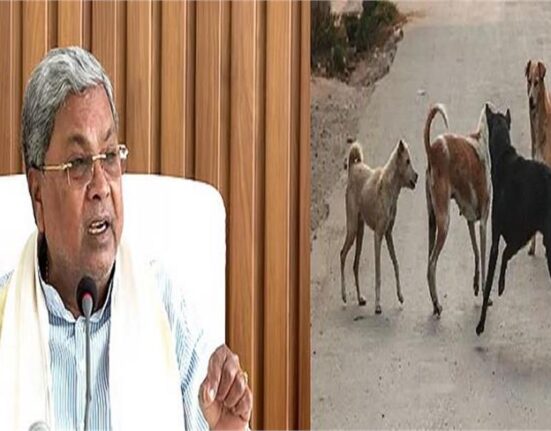
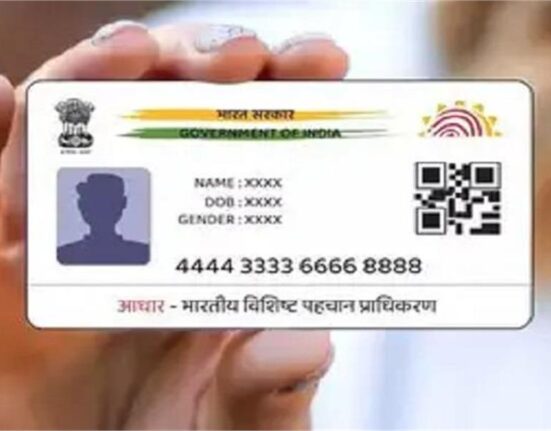



Leave feedback about this